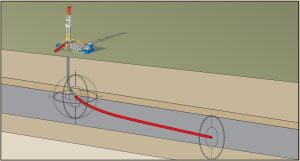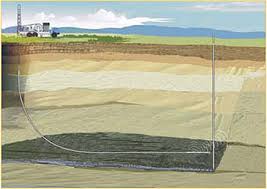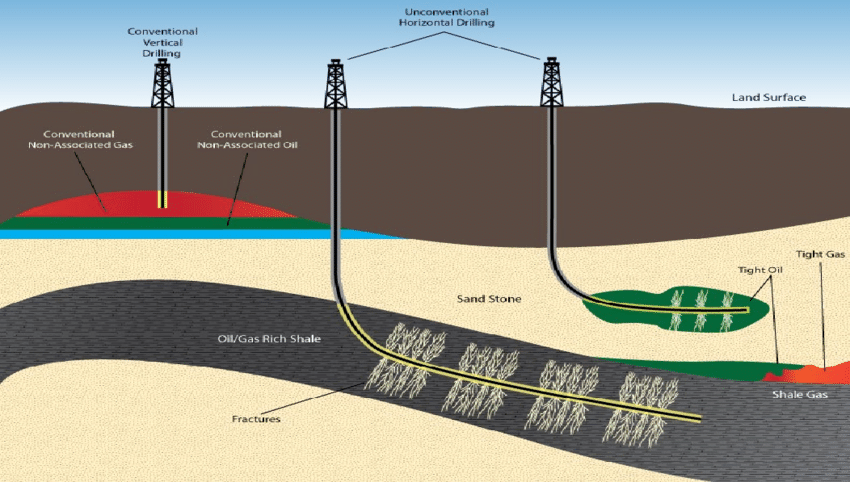Horizontal Drilling for Oil Extraction: Techniques and Benefits
Horizontal drilling has revolutionized the oil extraction industry, allowing access to previously unreachable oil reserves. This technique involves drilling wells at various angles, deviating from the traditional vertical approach. In this article, we will explore the techniques used in horizontal drilling and the significant benefits it offers to the energy sector. How do they drill horizontally for oil?
Understanding Horizontal Drilling
Horizontal drilling is a process that involves drilling a wellbore at an angle of 90 degrees or more from the vertical position. This technique allows oil companies to access oil reserves that are located beneath obstacles such as water bodies, sensitive ecosystems, or urban areas. By drilling horizontally, operators can reach reservoirs that were once considered economically unviable to tap into using traditional vertical wells.

Horizontal Drilling Techniques
There are several techniques involved in horizontal drilling:
- Directional Drilling: This technique involves gradually curving the wellbore from vertical to horizontal. Specialized drilling equipment and advanced surveying technology enable precise control over the drilling direction. This process allows operators to navigate through geological formations and target specific layers of oil-bearing rock.
- Steering Tools: Modern horizontal drilling relies on sophisticated steering tools that help guide the drill bit along the desired path. These tools include rotary steerable systems and measurement-while-drilling (MWD) technology. MWD provides real-time data about the drilling process, allowing engineers to make adjustments as needed.
- Multi-Stage Fracturing: Once the horizontal wellbore is drilled, hydraulic fracturing (fracking) is often employed to enhance oil extraction. In multi-stage fracking, the well is divided into segments, and each segment is fractured separately. This increases the contact area between the wellbore and the reservoir, maximizing oil recovery.
Benefits of Horizontal Drilling
Horizontal drilling offers a range of benefits for oil extraction:
Increased Oil Recovery
Horizontal wells have a larger surface area in contact with the reservoir, allowing for higher oil recovery rates compared to vertical wells. The extended reach of horizontal drilling ensures that a larger portion of the oil-bearing rock is accessed, leading to increased production.
Reduced Environmental Impact
Horizontal drilling minimizes the environmental impact by reducing the number of surface well pads required. Operators can access multiple wellheads from a single location, reducing disruption to local ecosystems and communities. Additionally, drilling horizontally can avoid sensitive areas, preserving natural habitats and water sources.

Enhanced Reservoir Drainage
Horizontal drilling enables operators to target specific layers of the reservoir rock. This targeted approach allows for better reservoir drainage, preventing premature water breakthrough and improving overall oil recovery efficiency.
Cost Efficiency
While horizontal drilling requires advanced technology and expertise, it often proves to be cost-effective in the long run. The increased oil production from horizontal wells can outweigh the initial investment, making it a financially viable option for oil companies.
Access to Previously Inaccessible Reserves
Many oil reserves are located in challenging environments, such as beneath oceans or urban areas. Horizontal drilling makes it possible to tap into these once-inaccessible reserves, expanding the potential sources of energy. Read more here.
Conclusion
Horizontal drilling has transformed the oil extraction industry by providing access to untapped reserves and offering numerous benefits, including increased oil recovery, reduced environmental impact, enhanced reservoir drainage, cost efficiency, and access to previously inaccessible reserves. As technology continues to advance, horizontal drilling techniques are likely to play a pivotal role in shaping the future of energy exploration and production.

